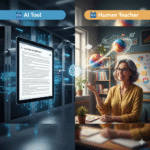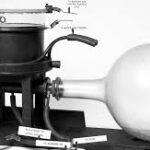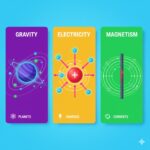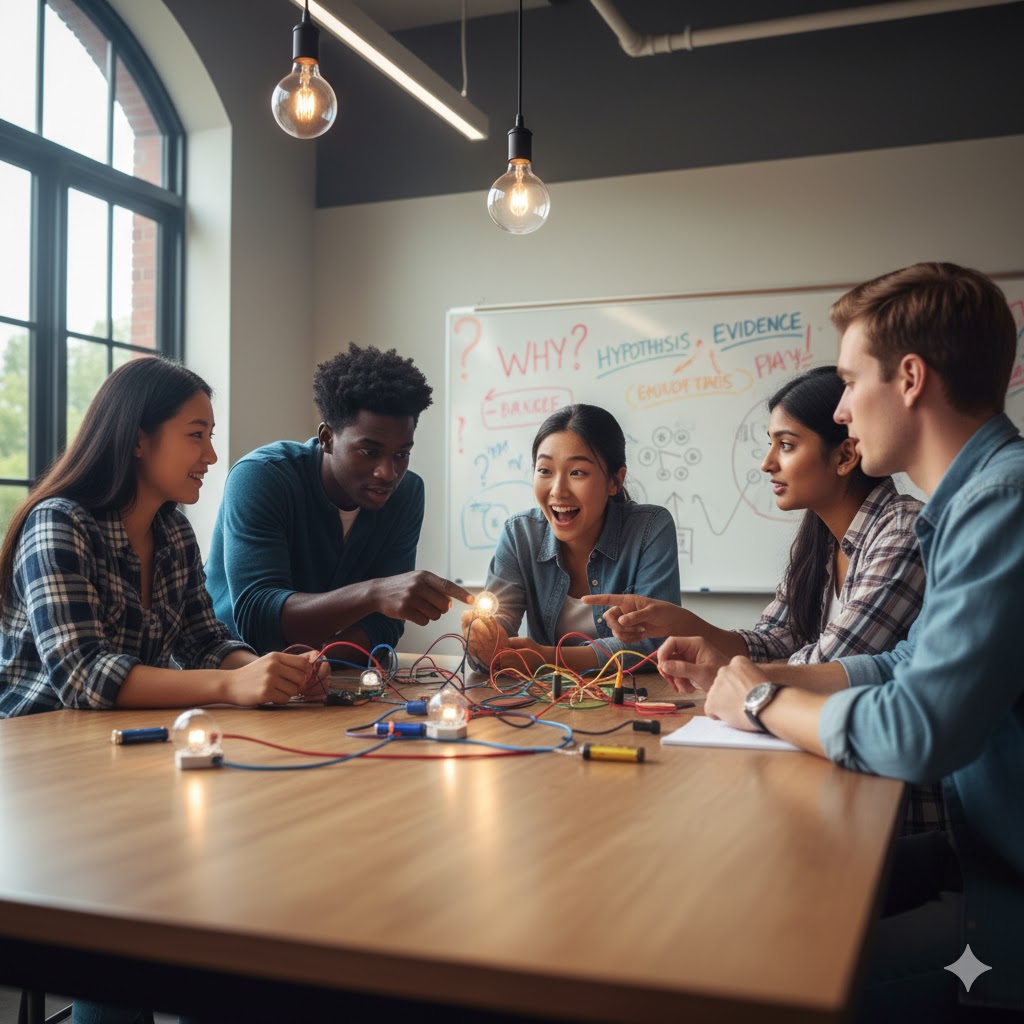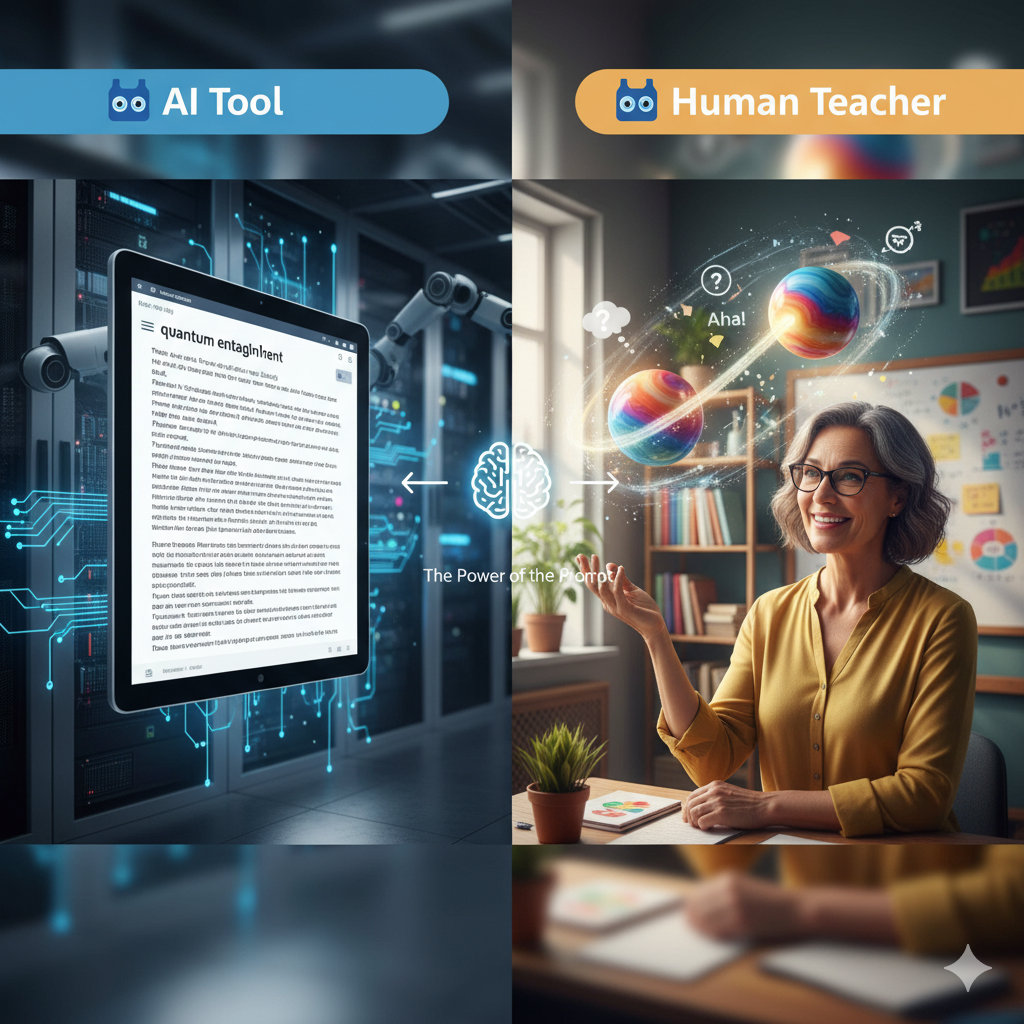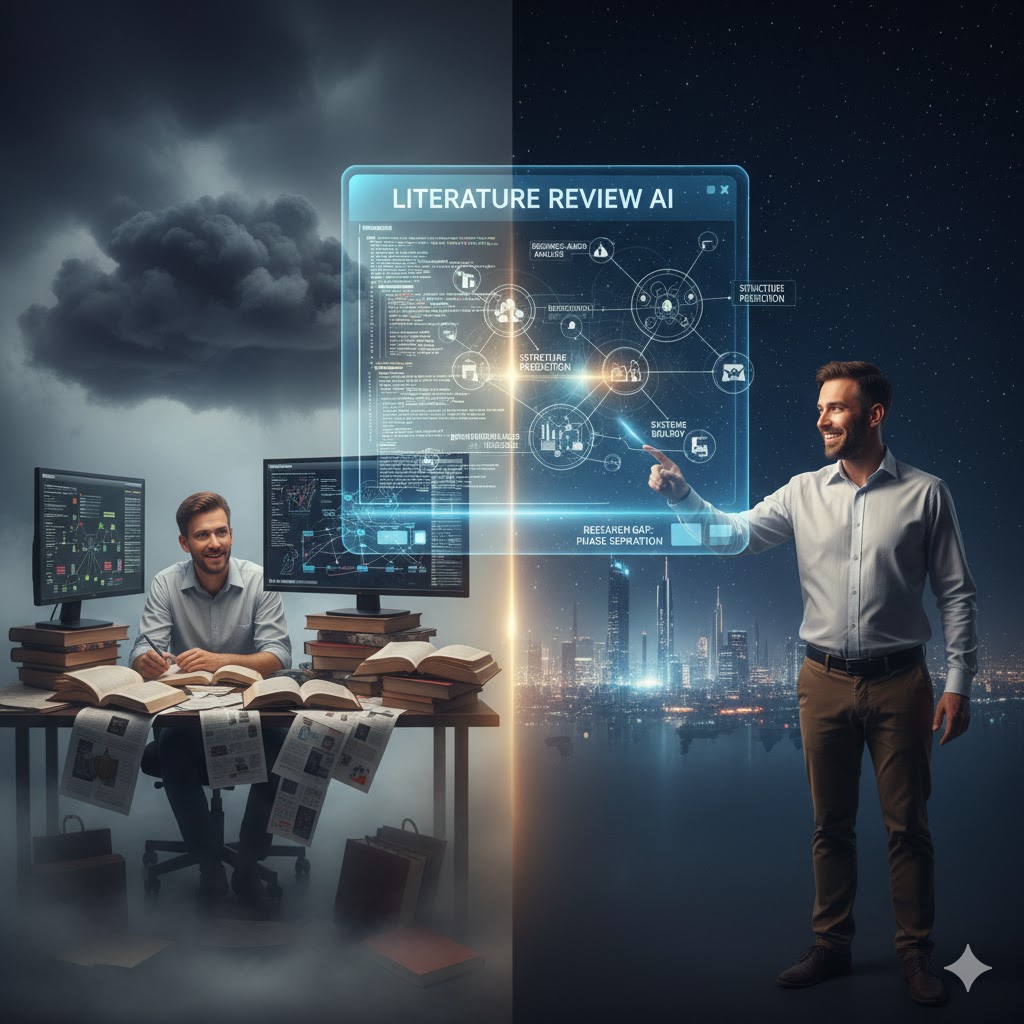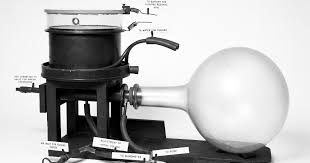The Ghost in the Machine
Ever felt like this? You’re in a physics class, copying formulas, and it all seems to make sense. Then you get a homework problem that’s just slightly different, and suddenly you hit a wall. Or maybe you’ve had a wrong idea stuck in your head—like the ghost of a misconception—that you just can’t shake, no matter how many times you’re told the right answer.
If you’ve been there, you’re not alone. For decades, teachers have wondered why some students can memorize every formula but can’t solve a new problem, while others seem to just get it. The search for an answer led to a huge shift in education, a better way of learning called Inquiry-Based Learning (IBL). This isn’t just another teaching method; it’s a way to turn you from a formula-plugger into a true physics detective.
The Old Way: From Rote Memorization to Real Confusion
For a long time, the classroom was a pretty straightforward place. The teacher stood at the front, talked, and wrote on the board. Students sat, listened, and copied everything down. The goal was to absorb information like a sponge.
But this “sage on the stage” approach had a major flaw. Students left with a fragile understanding. They could solve a problem if it looked exactly like the one in the textbook, but they were lost otherwise. They were left with stubborn misconceptions that felt true, even when they were wrong:
- “You need to keep pushing something to keep it moving.” (Even though that ignores inertia!)
- “The battery’s ‘juice’ gets used up as it flows through a light bulb.” (Even though current is conserved!)
These ideas stuck around not because students weren’t smart, but because they had memorized the what without ever truly understanding the why.
The big shift came from thinkers who realized learning isn’t like filling an empty bucket; it’s more like lighting a fire. People like John Dewey and Jean Piaget argued that we learn best by doing, by experimenting and building our own understanding. This sparked a question among science educators: what if we treated students like real scientists? What if, instead of just giving them the answer, we guided them to discover it for themselves?
The Breakthrough: How Questioning Became the Answer
The breakthrough wasn’t a single “Eureka!” moment. It was a gradual realization in classrooms everywhere. Teachers noticed that the real learning happened not during the lecture, but when students were forced to grapple with a problem themselves.
When students had to:
- Debate the outcome of an experiment,
- Design a way to test their own idea, or
- Work together to solve a puzzle with no clear instructions…
…the concepts clicked into place. They weren’t just remembering a fact; they were building a genuine, rock-solid understanding from the ground up.
This led to the idea of Inquiry-Based Learning. It works like this:
- You Ask the Questions: Instead of being handed a problem, you start by wondering, “Why does that happen?” or “What if I tried this…?”
- You Investigate: You design an experiment, gather data, or do research to find answers.
- You Connect the Dots: You analyze what you found and look for patterns.
- You Form a Conclusion: You build an explanation based on real evidence.
- You Share & Defend: You explain your findings and listen to others’ ideas.
Think about it with Ohm’s Law (V=IR). The old way is to memorize the formula. The inquiry way is your teacher saying, “Here are some batteries, wires, and light bulbs. Figure out the relationship between them.” By testing and measuring, you would discover the V=IR relationship yourself. It becomes your law, not just a line in a textbook.
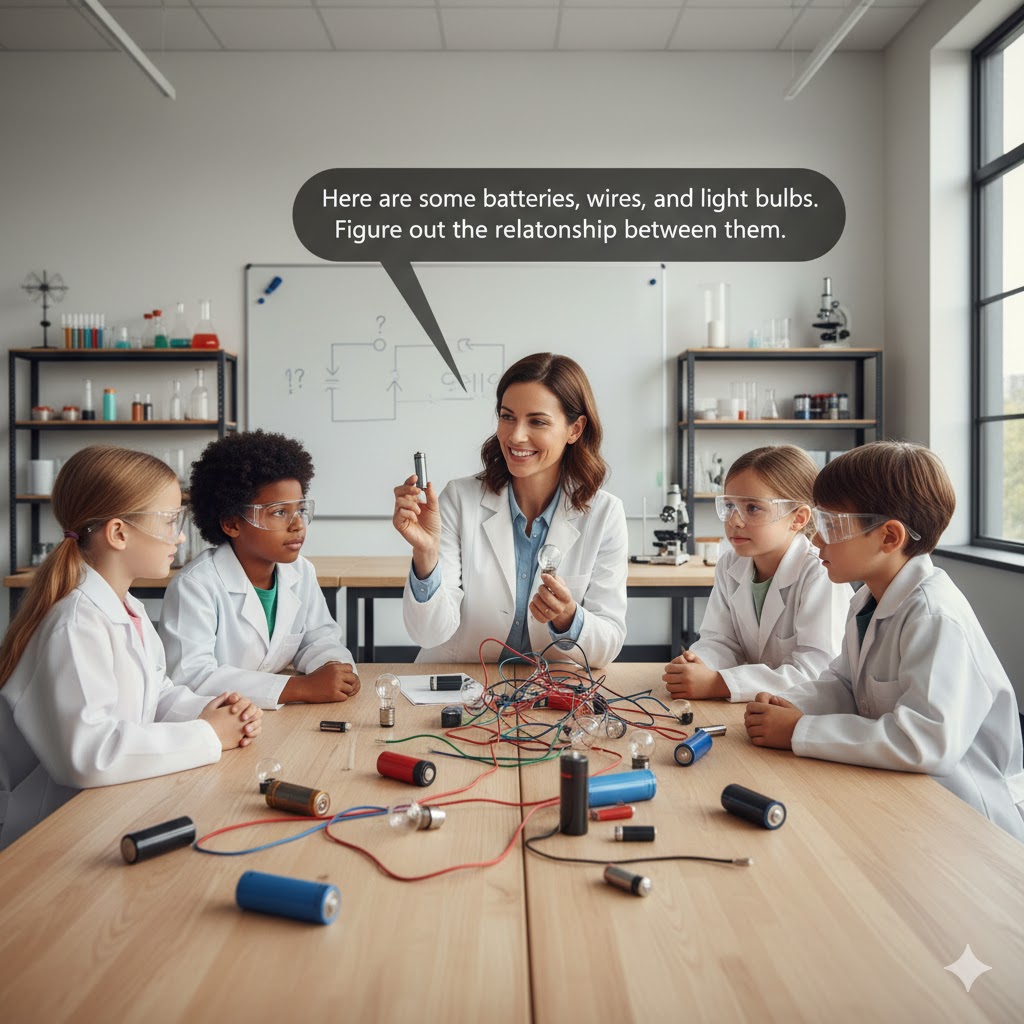
Why This Matters: Becoming an Architect of Your Own Knowledge
This approach doesn’t just help you learn; it changes how you think. This is especially crucial for tough challenges like the IIT JEE and IBDP Physics exams.
1. It Kills Misconceptions for Good. When you see the evidence with your own eyes, misconceptions don’t stand a chance.
- Force & Motion: You can watch a low-friction cart and see that it keeps moving after the push is gone. Suddenly, the idea of inertia isn’t an abstract rule; it’s a reality you’ve observed.
- Electric Circuits: You can build a circuit and measure the current at different points. When you see for yourself that the reading is the same everywhere, the “current gets used up” idea vanishes forever.
2. It Builds Elite Problem-Solving Skills. IBL trains you to think like a physicist. Exams like the IIT JEE and IBDP are famous for throwing unseen problems at you—questions you’ve never encountered before. A student who has only memorized formulas will panic. But an inquiry-trained student knows what to do:
- Break the problem down.
- Ask the right questions.
- Form a hypothesis.
- Use fundamental principles to build a solution from scratch.
You’re not just looking for a formula to plug in; you’re using your mental toolkit to architect a solution. That’s the skill these exams are truly testing.
Conclusion: Your Adventure in Physics Awaits
Physics isn’t just a subject; it’s the rulebook for the entire universe. Inquiry-Based Learning gives you a backstage pass, turning you from a spectator into an active player. It invites you to be a detective, constantly looking for clues and fitting them together.
So, the next time you face a tough problem, take a breath. Don’t just scramble for a formula. Ask yourself: “What’s really going on here? Why does it behave this way?”
Trust your curiosity. Question everything. Build your own understanding. Because the real goal of physics isn’t to find the right answer in the back of a book. It’s to develop the courage to ask your own questions and the power to uncover the universe’s greatest secrets for yourself.
